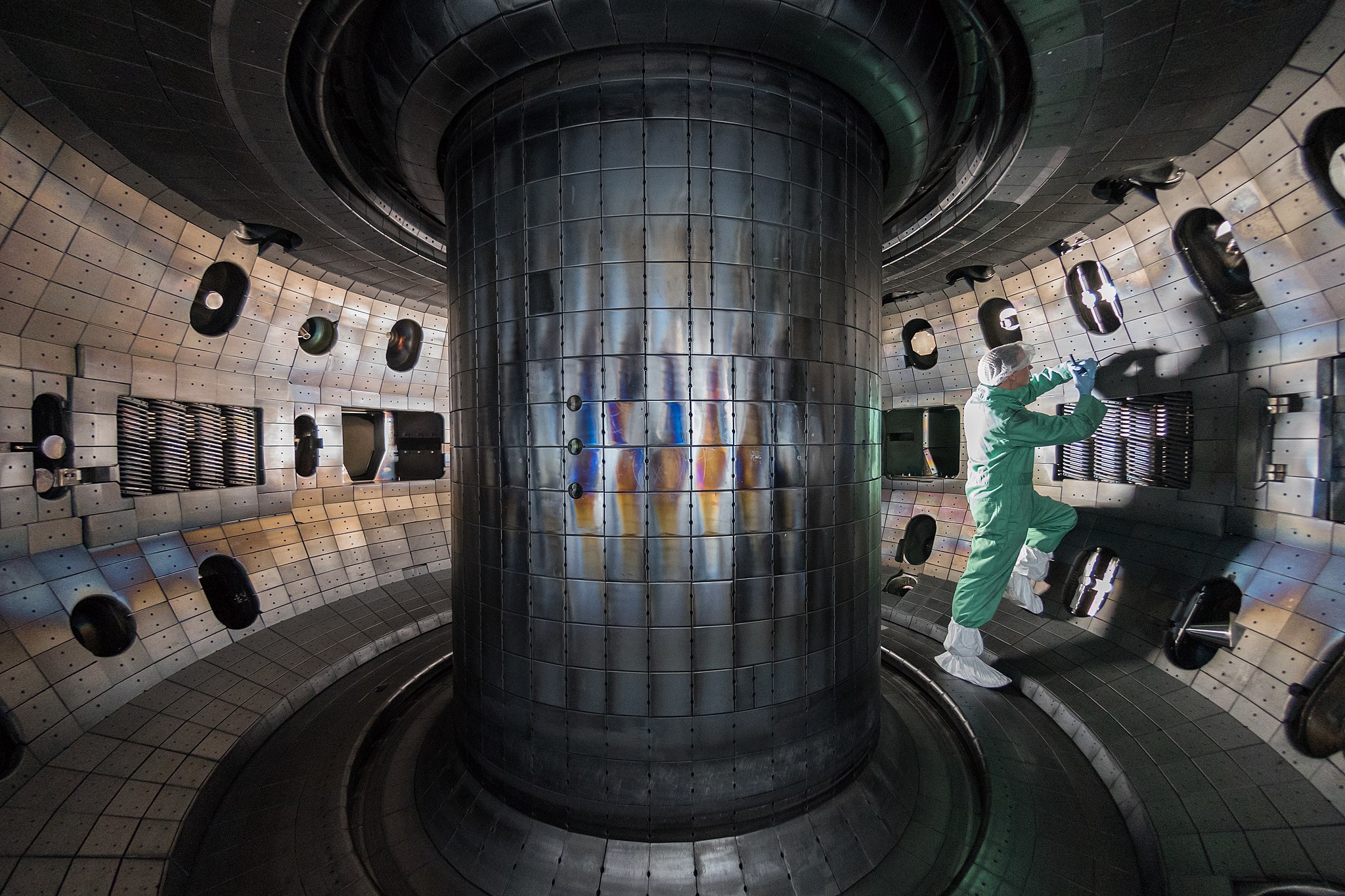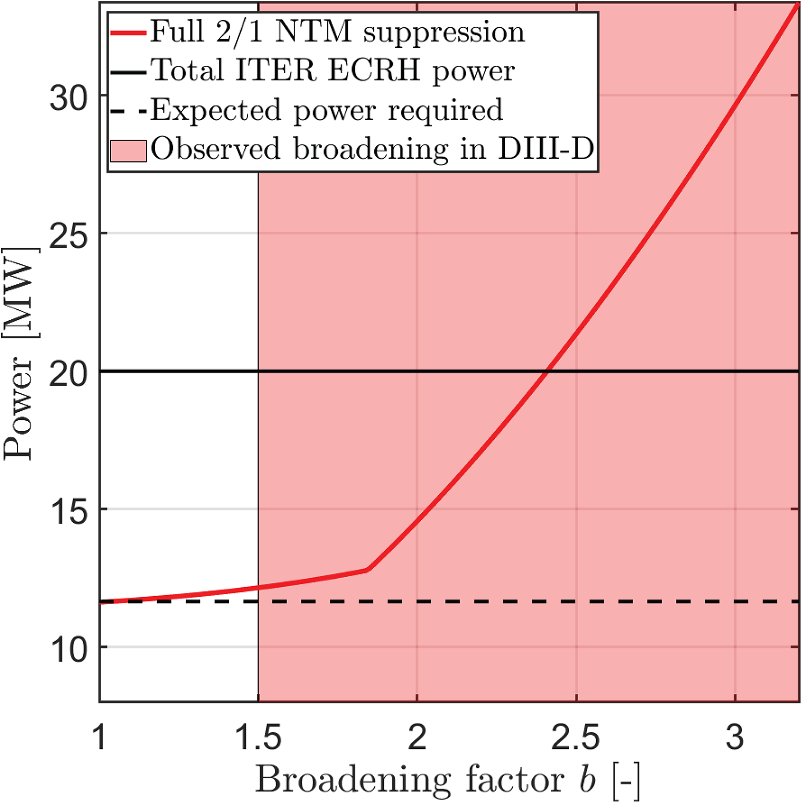A Dutch-American team of researchers has discovered that the beam to suppress plasma instabilities in a nuclear fusion reactor becomes two to three times broader than calculated. This is a challenge, because such a spread-out beam is much weaker, and there isn't always extra energy to make a stronger beam. The researchers published their findings in the journal Nuclear Fusion.

In the plasma of nuclear fusion reactors, small instabilities regularly arise. If these instabilities grow into larger disturbances, the nuclear fusion reaction stops and the reactor can be damaged. In theory, these instabilities can be suppressed by aiming a kind of laser beam of concentrated microwave radiation at them.
Jelle Slief, a Ph.D. student at DIFFER and Eindhoven University of Technology, compared model calculations of beams with experiments at the US fusion reactor DIII-D.
Turbulence at the edge
Depending on conditions, the beam was found to be 1.6 to 3.6 times broader than previously calculated. The scientists suspect this is due to turbulence at the edge of the plasma.
Slief shows a graph in which he and colleagues extend the results of the US reactor to the ITER reactor, which is under construction in southern France. "Look, at ITER, they assume a beam of 12 MW that can be increased to 20 MW in case of an exception. We show that if the beam gets more than 2.4 times broader than expected, you need even more than those 20 MW."
Text continues after graph

DIII-D versus ITER
Slief admits that the situation in DIII-D may be different from ITER. "It's not quite clear yet but we do have some indications that the two reactors compare quite well."
In the coming period, Slief plans to investigate the cause of the broadening in more detail so he can make better predictions for ITER. Meanwhile, the researchers are considering other ways to suppress the instabilities. "And, I would love to measure at ITER when they power up gradually," says Slief, "But that will take another five to ten years."
Scientific Paper
J.H. Slief, R.J.R. van Kampen, M.W. Brookman, J. van Dijk, E. Westerhof & M. van Berkel. Quantifying electron cyclotron power deposition broadening in DIII-D and the potential consequences for the ITER EC system. In: Nuclear Fusion, 17 January 2023 [original (open access)]
Go to the News page.